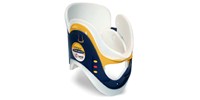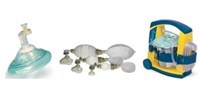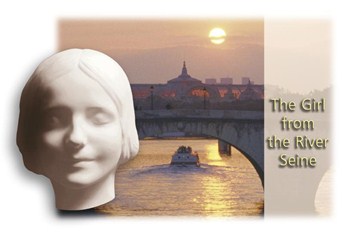The Girl from the River Seine
At the turn of this century, the body of a young girl was pulled from the River Seine in Paris. There was no evidence of violence and it was assumed she had taken her own life.
Because her identity could not be established, a death mask was made, as was customary in such cases. The young girl’s delicate beauty and ethereal smile added to the enigma of her death. Romantic stories that speculated on this mystery were published. According to one, her death was the result of an unrequited romance. This story became popular throughout Europe, as did reproductions of her death mask.
Generations later, the Girl from the River Seine would be rediscovered when Asmund S. Laerdal began the development of a realistic and effective training aid to teach mouth-to-mouth resuscitation. He believed that if such a manikin was life-sized and extremely realistic in appearance, students would be better motivated to learn this lifesaving procedure. Moved by the story of the girl so tragically taken by early death, he fashioned her mask for the face of his new resuscitation training manikin, Resusci Anne.
Resusci Anne celebrated her thirty-fifth birthday in 1995. Inspired by The Girl from the River Seine, Resusci Anne has become a symbol of life to the millions of people throughout the world who have learned the lifegiving technique of modern resuscitation, and to those whose lives she has helped save from unnecessary death.

 USA
USA






